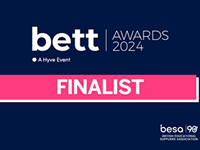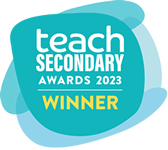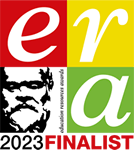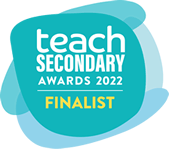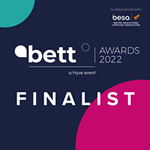Structured learning records
At GCSE we provide students with workbooks to capture their learning. When completed these ensured students had sufficient notes so that revision guides were not necessary. They became knowledge organisers. This scaffolding was necessary because younger students are not sufficiently skilled at structuring evidence of their learning. At A level we encourage much more independence to prepare students for the next step in life by removing this scaffolding. The result is a blank workbook we call a "structured learning record" (SLR) that students need to complete.
SLR - An evolution of workbooks
An SLR is a record of what a student has learned in a topic. Each SLR has five sections:
- Specification references. AS and A level topics are shown in black text. A level only topics are shown in gold text.
- Several blank slides for students to add assets to, each titled with a key question.
- Typical examination questions.
- Assessment sheet with minimum expectations outlined.
- Revision checklist.
We provide hundreds of micro-activities covering the whole course that students complete in class. We call a completed activity an “asset”. Students should choose which assets to copy into their SLR, together with additional notes and illustrations to answer the key question, providing evidence of their learning. Additional slides can easily be added to add more content to the SLR. Being selective and distilling information is a higher order learning skill, ideal for A level and preparing students for life skills beyond school.
A completed page of the SLR shoud not be a simplistic answer to the key question, but instead a detailed response. Students could complete their SLR on a computer, but they could also be creative and use coloured pens, paper and glue!
We recommend that students start to compile their SLR in class as they complete the micro-activities. However, encourage them to complete this work outside of the lesson in their study periods so that they have time for programming in class too.
PowerPoint as a desktop publisher
PowerPoint might sound like a strange choice but surprisingly we have found it’s the best desktop publisher for students! Objects on one slide don’t interfere with another. There is no pagination to worry about. Alignment tools work very well, and students can easily add text, images and animations. PowerPoint is the application that gives you the least hassle when editing! As a bonus, it is easy to project individual slides to students too, both from the blank SLR, and a student’s response. It is incredibly easy with this format for students to present their work to others.
Assessment
Instead of marking individual micro-activities, instead mark the SLR each student produces instead. Each SLR has a set of minimum expectations and can be marked against breadth, depth, presentation and understanding. With boxes for teachers to record a comment and students to record a response. The SLRs are fully editable so you can adapt this to your school context. The final page provides a handy revision checklist for students.
A4 and A3
For students who would prefer complete freedom in how they present their work we also provide A3 versions of the SLR that do not contain the key questions. This offers students the least amount of scaffolding. Teachers should direct students to which version they would like students to use. We recommend that all students start with the A4 version in year 12 to transition from GCSE workbooks. In year 13 they could use the A3 versions to prepare for University.
Registered in England and Wales: 10442992
VAT Number: 290 9845 58
Telephone: 01452 947500
Email: admin@craigndave.co.uk
